Home>Gardening & Outdoor>Landscaping Ideas>What Is Beach Grass
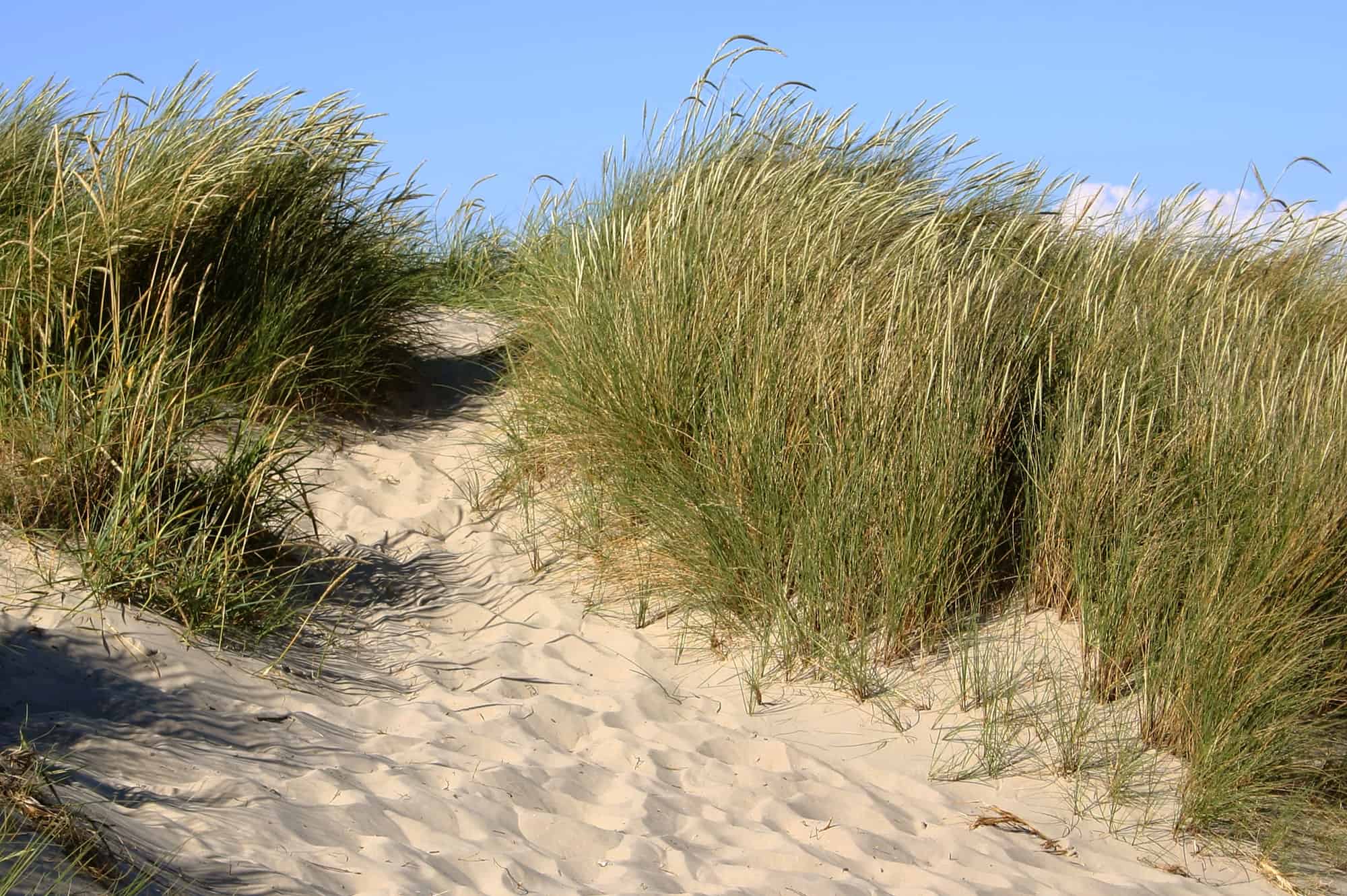

Landscaping Ideas
What Is Beach Grass
Modified: September 2, 2024
Discover the benefits of beach grass for landscaping ideas. Learn how this versatile plant can enhance your outdoor space and provide natural beauty.
(Many of the links in this article redirect to a specific reviewed product. Your purchase of these products through affiliate links helps to generate commission for Storables.com, at no extra cost. Learn more)
Introduction
Beach grass, also known as Ammophila, is a vital component of coastal ecosystems around the world. Its resilient nature and unique characteristics make it an essential element in stabilizing sand dunes and protecting shorelines from erosion. Beach grass plays a crucial role in maintaining the delicate balance of coastal environments, serving as a natural barrier against the forces of wind and water.
The distinctive appearance of beach grass, with its long, slender blades swaying in the ocean breeze, is a familiar sight along sandy shores. Its ability to thrive in challenging coastal conditions makes it a symbol of resilience and adaptability. Understanding the characteristics, importance, and varieties of beach grass can provide valuable insights into the intricate web of life within coastal habitats.
In this article, we will delve into the fascinating world of beach grass, exploring its characteristics, ecological significance, diverse types, and the essential aspects of planting and caring for this remarkable plant. Whether you are a landscaping enthusiast, a nature lover, or simply intrigued by the wonders of the natural world, the allure of beach grass is sure to captivate your imagination. Join us on a journey to uncover the secrets of this remarkable coastal plant and gain a deeper appreciation for its role in shaping the dynamic landscapes of shorelines worldwide.
Key Takeaways:
- Beach grass, also known as Ammophila, is a resilient plant that stabilizes sand dunes and protects shorelines from erosion. Its long blades, deep roots, and salt tolerance make it vital for coastal ecosystems.
- Different types of beach grass, like American Beachgrass and Sea Oats, play unique roles in stabilizing dunes and supporting coastal wildlife. Planting and caring for beach grass is crucial for preserving coastal environments.
Read more: What Is The Grass On The Beach Called
Characteristics of Beach Grass
Beach grass, scientifically classified as Ammophila, possesses a range of distinctive characteristics that enable it to thrive in the challenging coastal environment. Understanding these traits is crucial for appreciating the vital role that beach grass plays in stabilizing sand dunes and protecting coastal ecosystems.
1. Long, Narrow Blades: One of the most recognizable features of beach grass is its long, slender blades that can reach impressive heights. These blades are specially adapted to withstand the harsh winds and shifting sands typical of coastal regions. The flexibility of the blades allows them to sway with the breeze, minimizing the impact of strong winds and reducing the risk of damage.
2. Deep Root System: Beach grass is equipped with an extensive and robust root system that extends deep into the sandy substrate. This deep rooting provides stability to the dunes by anchoring the sand in place, preventing erosion caused by wind and water. The intricate network of roots also aids in trapping and retaining sand particles, contributing to the formation and maintenance of dune structures.
3. Salt Tolerance: Coastal environments are characterized by high levels of salinity, which can pose significant challenges to plant life. Beach grass exhibits a remarkable tolerance to salt, allowing it to thrive in these saline conditions where many other plants would struggle to survive. This salt tolerance is a key adaptation that enables beach grass to colonize and flourish along coastal shorelines.
4. Rhizomatous Growth: Beach grass spreads through rhizomes, underground stems that give rise to new shoots and roots. This growth strategy allows beach grass to form dense, interconnected colonies, enhancing its ability to stabilize sand dunes and create a protective barrier against erosion. The rhizomatous nature of beach grass contributes to its resilience and capacity for rapid vegetative expansion.
These remarkable characteristics collectively define the unique adaptability and ecological significance of beach grass. By harnessing these traits, beach grass plays a pivotal role in shaping and safeguarding coastal landscapes, making it a cornerstone of coastal biodiversity and ecosystem resilience.
Importance of Beach Grass
Beach grass, with its remarkable attributes and ecological contributions, holds immense importance in the preservation and sustainability of coastal environments. Its role extends far beyond its aesthetic appeal, as it serves as a guardian of shorelines and a vital component of coastal ecosystems.
Erosion Control: One of the primary roles of beach grass is to mitigate the effects of erosion along coastal areas. The extensive root system of beach grass stabilizes sand dunes, preventing them from being swept away by wind and water. By anchoring the sand in place, beach grass acts as a natural barrier, protecting shorelines from the erosive forces of tides and storms.
Habitat Creation: Beach grass plays a pivotal role in creating and sustaining habitats for a diverse array of coastal flora and fauna. The stabilization of sand dunes by beach grass provides a foundation for the establishment of complex coastal ecosystems, supporting a variety of plant species and providing crucial nesting sites for shorebirds and other wildlife.
Coastal Resilience: Coastal regions are particularly vulnerable to the impacts of climate change and extreme weather events. Beach grass contributes to the resilience of these areas by fortifying the coastline against erosion and storm surges. Its ability to withstand harsh coastal conditions and promote dune stability enhances the capacity of coastal environments to withstand environmental pressures and adapt to changing circumstances.
Biodiversity Support: The presence of beach grass fosters biodiversity by creating microhabitats and ecological niches within coastal landscapes. These habitats support a rich variety of plant and animal species, contributing to the overall biodiversity of coastal ecosystems. The interconnected web of life that thrives in and around beach grass colonies underscores its significance as a biodiversity hotspot along shorelines.
Scenic Beauty: Beyond its ecological functions, beach grass enhances the aesthetic appeal of coastal areas, contributing to their visual charm and natural allure. The graceful sway of beach grass in the coastal breeze adds a touch of serenity to shorelines, creating picturesque vistas that captivate the imagination of visitors and residents alike.
The multifaceted importance of beach grass underscores its status as a keystone species in coastal ecology. Its contributions extend from environmental protection and habitat creation to the promotion of biodiversity and the enhancement of coastal landscapes, solidifying its position as an indispensable component of the coastal tapestry.
Beach grass, also known as dune grass, is a type of grass that grows on sandy beaches and helps stabilize the sand dunes. It has deep roots that prevent erosion and provide habitat for wildlife.
Types of Beach Grass
Beach grass encompasses a diverse array of species, each with its own unique characteristics and ecological adaptations. These varieties of beach grass are distributed across different coastal regions, contributing to the resilience and biodiversity of shorelines worldwide. Understanding the distinct types of beach grass sheds light on the rich tapestry of coastal flora and the intricate adaptations that enable these plants to thrive in challenging environments.
Ammophila breviligulata (American Beachgrass): This species is native to the eastern coast of North America and is renowned for its role in stabilizing sand dunes. With its distinctive bluish-green foliage and robust root system, American beachgrass forms dense, matted colonies that effectively trap and bind sand, aiding in dune formation and erosion control.
Ammophila arenaria (European Beachgrass): Originating from the coasts of Europe, European beachgrass has been widely introduced to coastal regions around the world. Its vigorous growth and ability to thrive in sandy soils make it a valuable species for dune stabilization and coastal restoration projects. However, its invasive tendencies in certain regions have raised concerns about its impact on native coastal ecosystems.
Uniola paniculata (Sea Oats): Sea oats, a prominent species in southeastern coastal areas of the United States, are known for their graceful, drooping seed heads and ornamental appeal. In addition to stabilizing dunes, sea oats provide essential habitat and food sources for coastal wildlife, contributing to the ecological richness of shoreline environments.
Spinifex hirsutus (Beach Spinifex): Found in the coastal regions of Australia and the Pacific, beach spinifex is a hardy and resilient species that forms extensive, rolling dunes along sandy shores. Its intricate network of runners and deep root system enables it to thrive in the harsh coastal conditions of its native habitats, playing a crucial role in dune stabilization and coastal protection.
Amophila arenaria ‘Leymus’: This cultivar of European beachgrass, known as Leymus, has been developed for its enhanced salt tolerance and adaptability to a range of coastal conditions. Its ability to thrive in diverse coastal environments makes it a valuable asset in coastal landscaping and restoration efforts, where resilience and ecological compatibility are paramount.
These diverse types of beach grass exemplify the adaptability and ecological significance of this plant group, showcasing their pivotal role in shaping coastal landscapes and safeguarding shorelines from the erosive forces of wind and water. By embracing the unique attributes of each species, coastal conservation efforts can harness the collective strength of beach grass to promote the resilience and sustainability of coastal ecosystems.
Planting and Caring for Beach Grass
Successfully establishing and nurturing beach grass is essential for promoting dune stability and coastal resilience. Whether you are embarking on a coastal restoration project or seeking to enhance the ecological integrity of your shoreline property, understanding the best practices for planting and caring for beach grass is paramount. By following these guidelines, you can contribute to the preservation of coastal ecosystems and the protection of shorelines from erosion.
Site Selection: When planting beach grass, select sites with sandy, well-drained soils and ample exposure to sunlight. Coastal areas with active dune formations and the potential for sand movement are ideal locations for beach grass establishment. Avoid areas with compacted soils or excessive shading, as these conditions can hinder the growth and development of beach grass.
Planting Technique: Prior to planting beach grass, it is advisable to prepare the site by loosening the soil and removing any competing vegetation. Plant beach grass in rows or staggered patterns to facilitate the formation of dense colonies. Dig holes wide enough to accommodate the root system of the beach grass and ensure that the crown of the plant is level with the surrounding soil surface. Gently firm the soil around the roots to provide stability and promote establishment.
Watering and Irrigation: After planting, provide adequate moisture to support the initial growth of beach grass. Water the newly planted grass regularly, especially during dry periods, to promote root development and enhance establishment. Once established, beach grass is well-adapted to the natural rainfall patterns of coastal environments and typically requires minimal supplemental irrigation.
Maintenance and Weed Control: Monitor the planted area for invasive weeds and competing vegetation that may impede the growth of beach grass. Implement weed control measures as needed to ensure the unhindered development of the beach grass colonies. Regular inspection and maintenance of the planting site contribute to the long-term success of beach grass establishment.
Protection from Disturbance: Minimize human and animal disturbance in the vicinity of newly planted beach grass to allow for undisturbed growth. Erecting temporary barriers or signs can help deter potential disturbances and safeguard the developing beach grass from trampling and other forms of interference.
Stewardship and Monitoring: Engage in ongoing stewardship and monitoring of the planted beach grass to assess its growth and impact on dune stabilization. Regular observations of the beach grass colonies can provide valuable insights into their progress and contribute to adaptive management practices aimed at enhancing coastal resilience.
By adhering to these guidelines and best practices, individuals and organizations can play a pivotal role in fostering the growth and vitality of beach grass, contributing to the conservation of coastal ecosystems and the protection of shorelines from erosion. The collective efforts of coastal stewards and conservationists in planting and caring for beach grass are instrumental in promoting the sustainability and resilience of coastal environments.
Read more: What To Bring For A Beach Picnic
Conclusion
As we conclude our exploration of beach grass, we are reminded of its profound significance in the intricate tapestry of coastal ecosystems. From its resilient characteristics to its pivotal role in stabilizing sand dunes and protecting shorelines, beach grass stands as a resilient guardian of coastal environments, embodying the resilience and adaptability required to thrive in challenging coastal conditions.
By unraveling the diverse types of beach grass and understanding their unique ecological adaptations, we gain a deeper appreciation for the rich diversity of coastal flora and the integral role that beach grass plays in shaping coastal landscapes. The importance of beach grass extends beyond its environmental contributions, encompassing its scenic beauty and its capacity to foster biodiversity, creating a harmonious balance between ecological functionality and aesthetic allure.
Planting and caring for beach grass emerges as a tangible and impactful endeavor, offering individuals and communities the opportunity to actively contribute to the preservation and restoration of coastal ecosystems. Through thoughtful site selection, meticulous planting techniques, and ongoing stewardship, the nurturing of beach grass colonies becomes a testament to our commitment to safeguarding the natural heritage of coastal regions.
As we gaze upon the swaying blades of beach grass adorning sandy shores, we are reminded of the resilience and grace inherent in coastal ecosystems. The enduring presence of beach grass serves as a poignant symbol of hope and fortitude, offering a beacon of stability amid the dynamic forces of wind and water that shape the coastal landscape.
In embracing the allure and ecological significance of beach grass, we embark on a journey of conservation and appreciation, recognizing the invaluable contributions of this coastal sentinel. Let us continue to cultivate a deep reverence for beach grass and champion its preservation, ensuring that future generations inherit thriving and resilient coastal ecosystems that bear the indelible imprint of this remarkable plant.
May the legacy of beach grass endure as a testament to the enduring resilience and beauty of coastal environments, inspiring us to become steadfast stewards of these precious coastal landscapes.
Frequently Asked Questions about What Is Beach Grass
Was this page helpful?
At Storables.com, we guarantee accurate and reliable information. Our content, validated by Expert Board Contributors, is crafted following stringent Editorial Policies. We're committed to providing you with well-researched, expert-backed insights for all your informational needs.
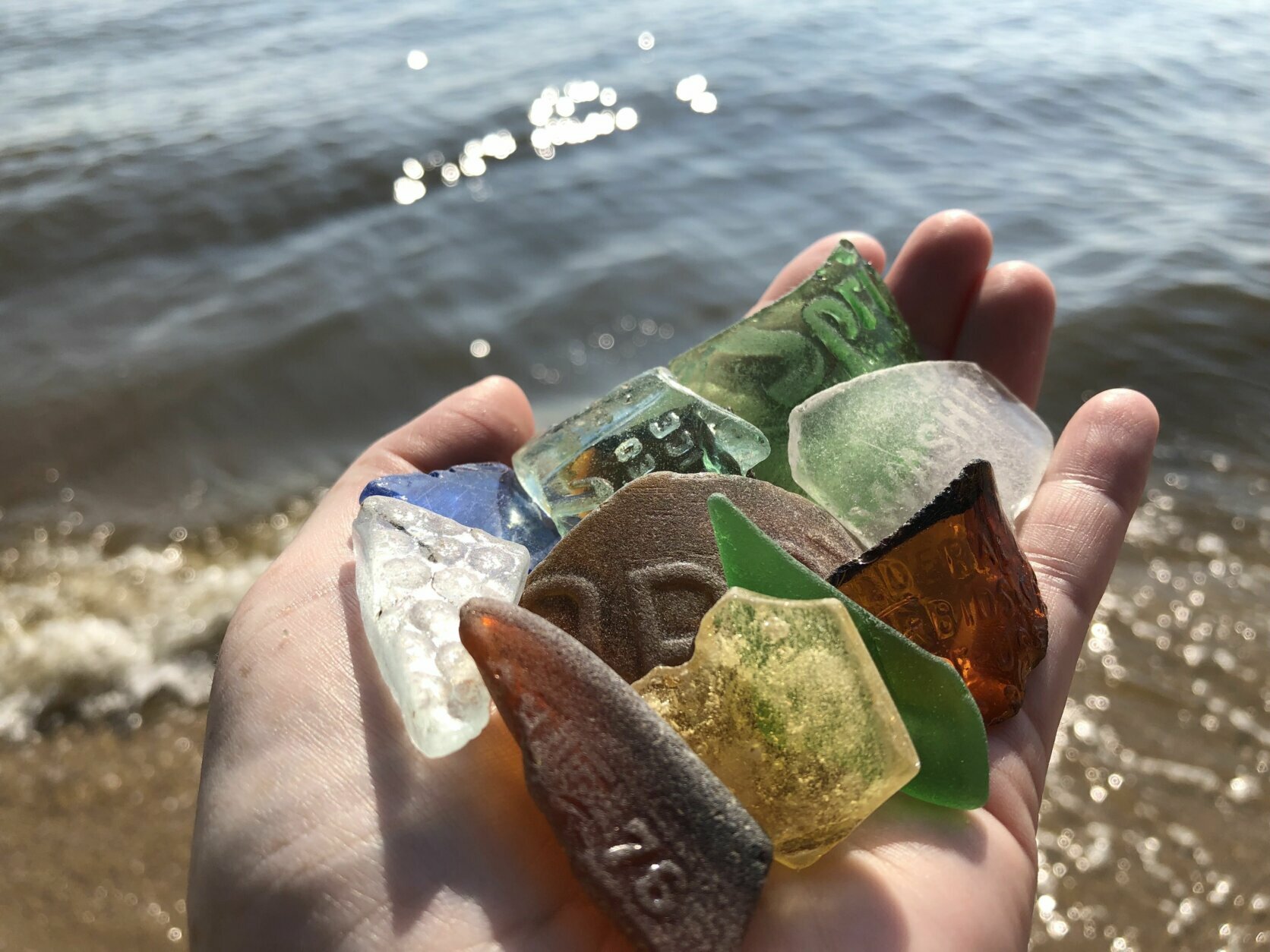



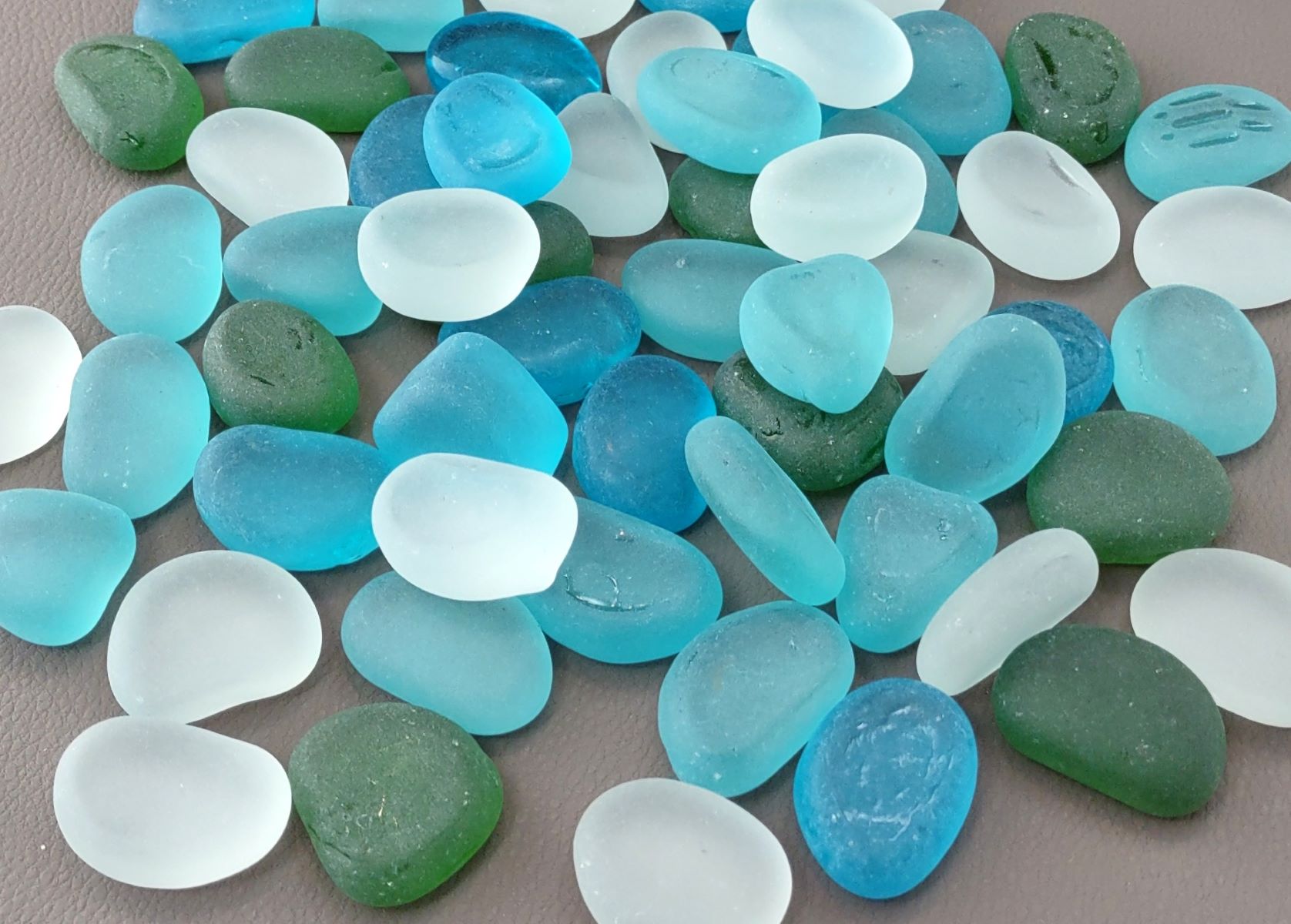


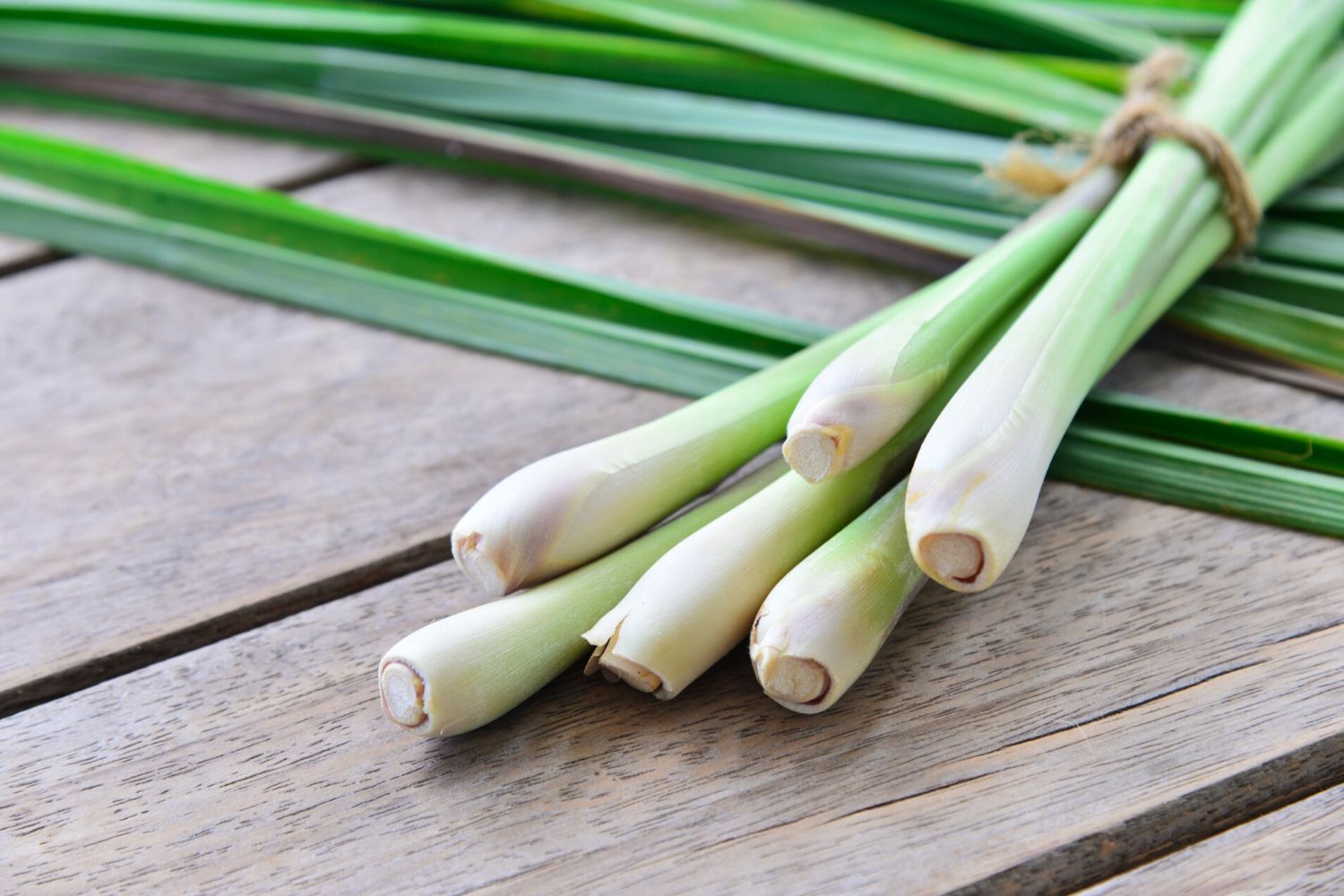
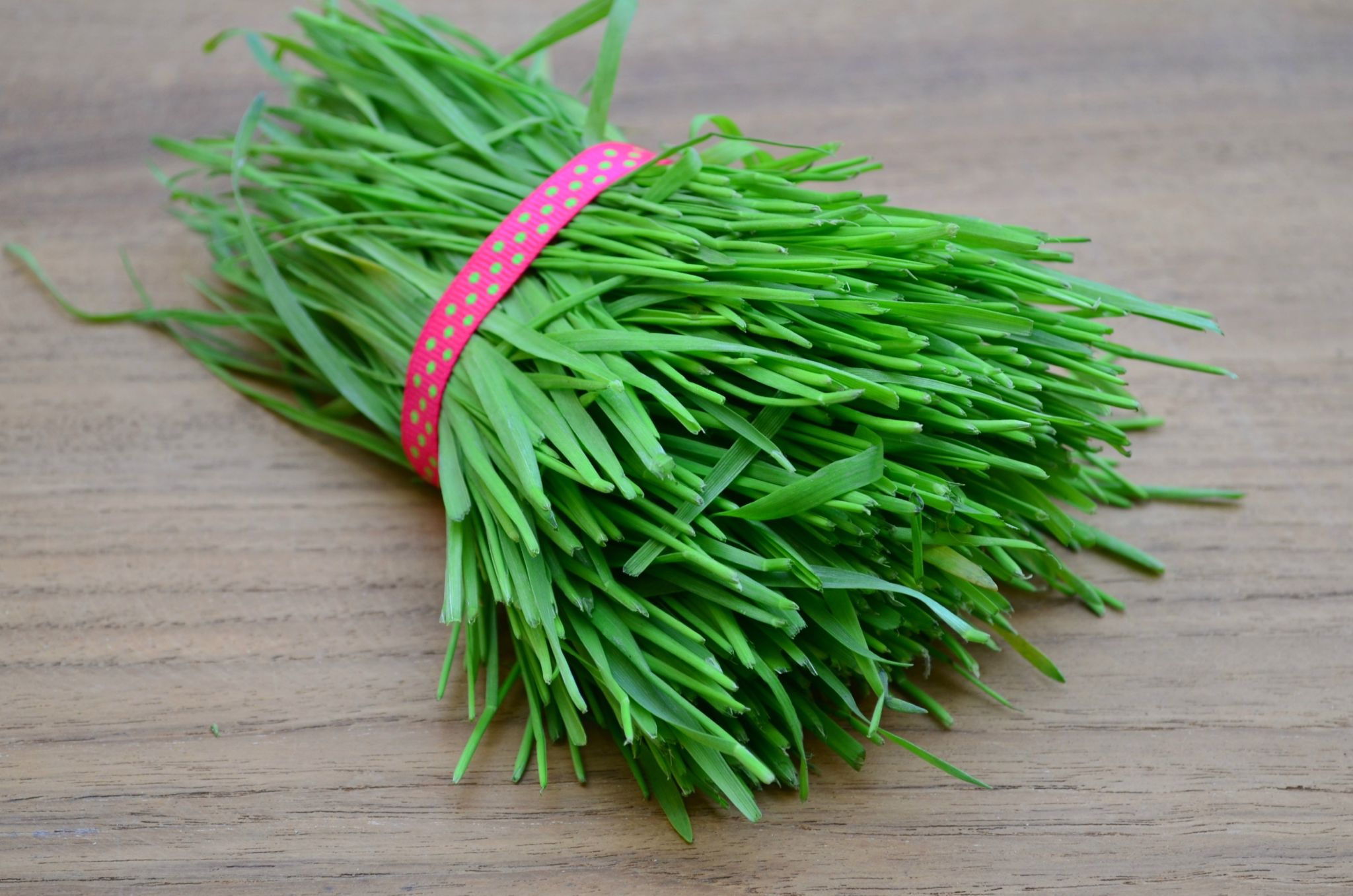
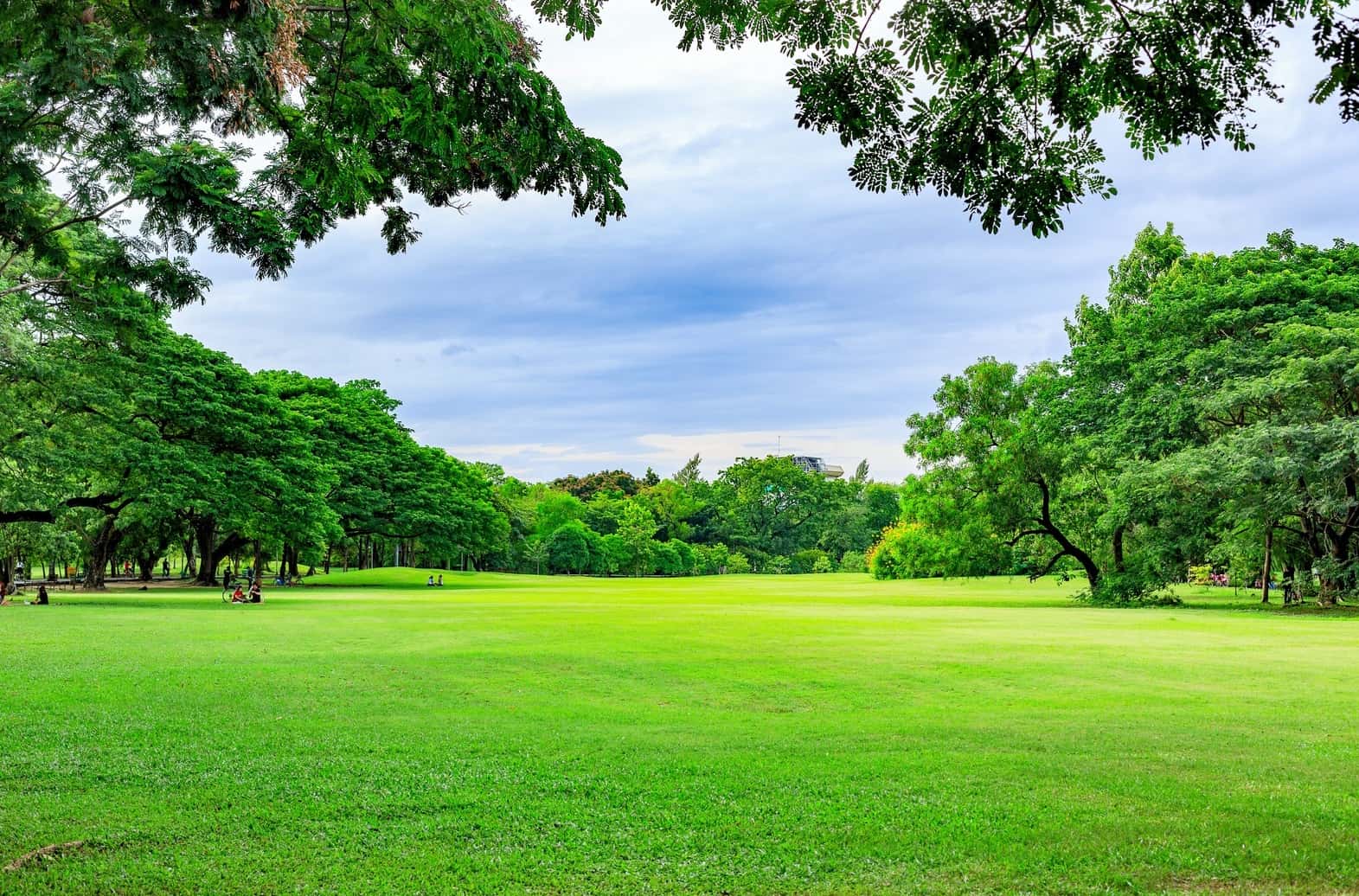
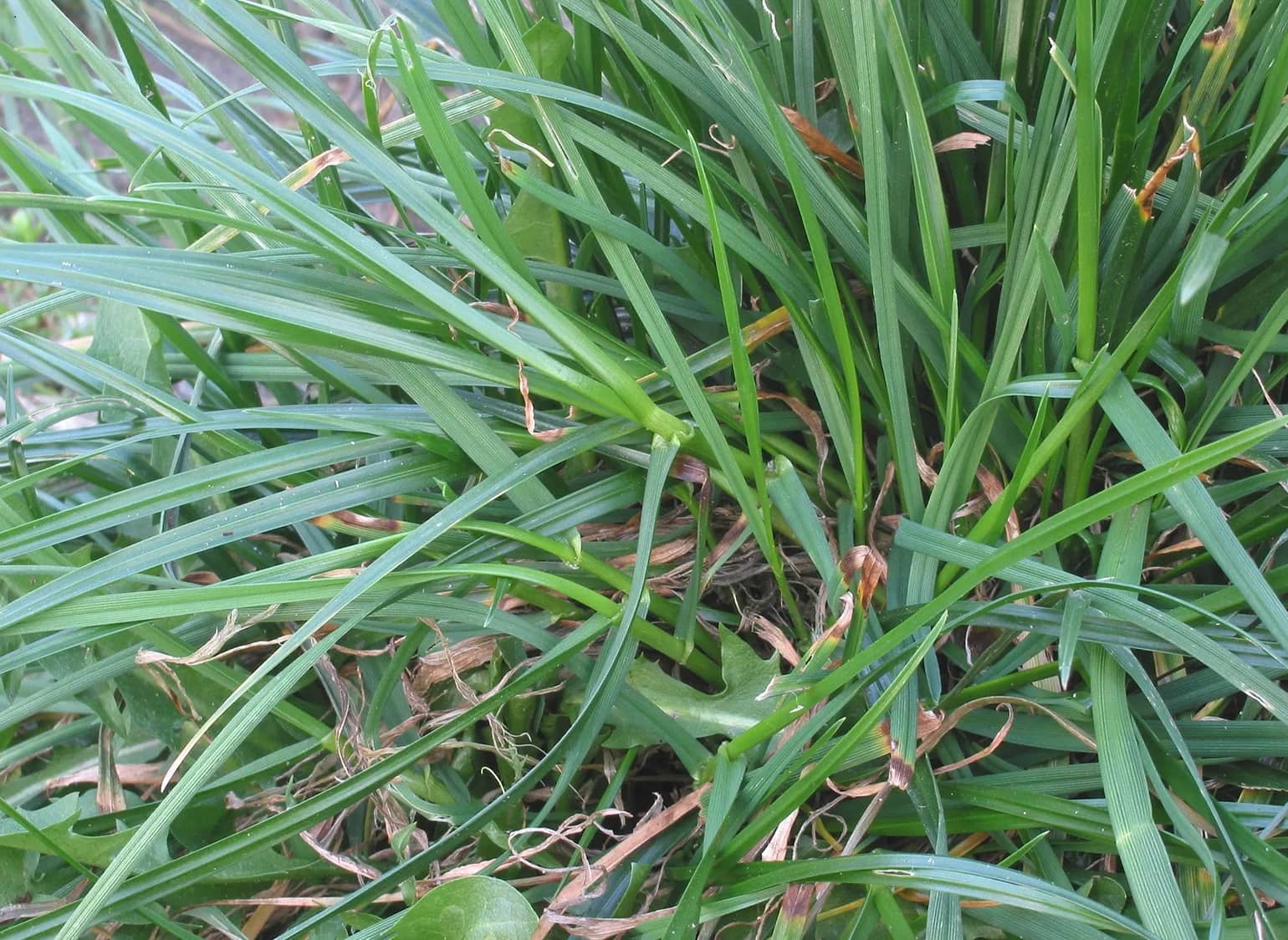
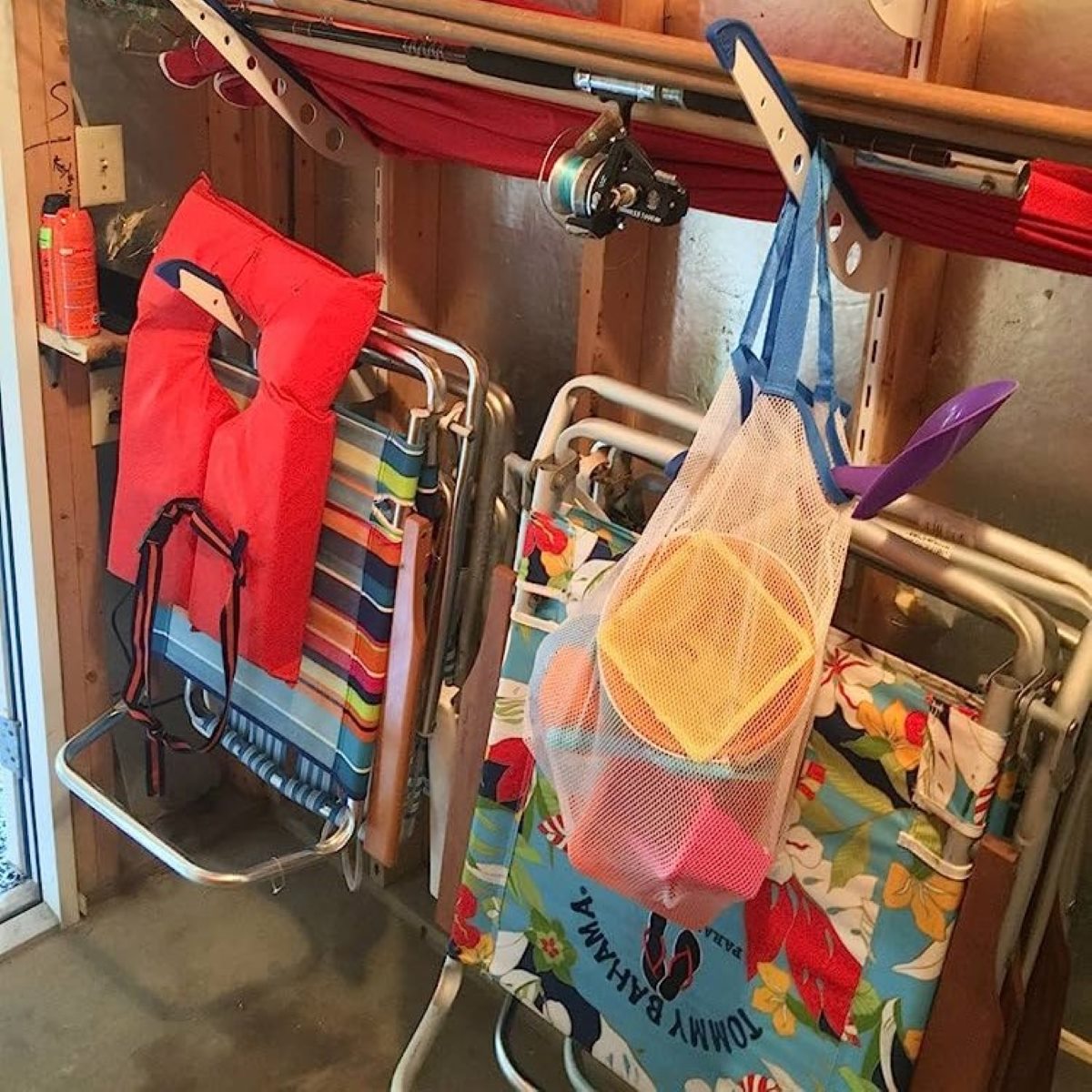
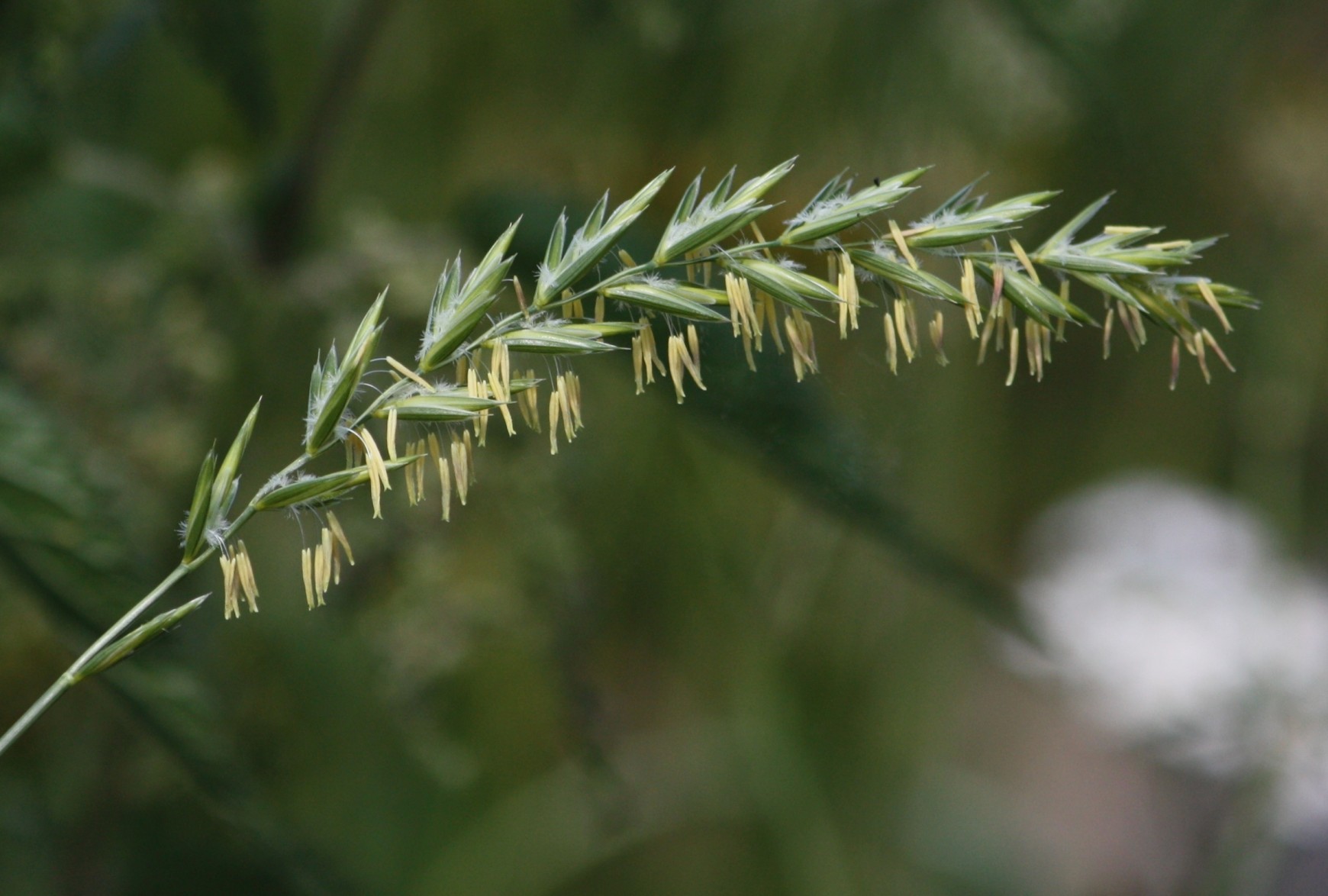


0 thoughts on “What Is Beach Grass”